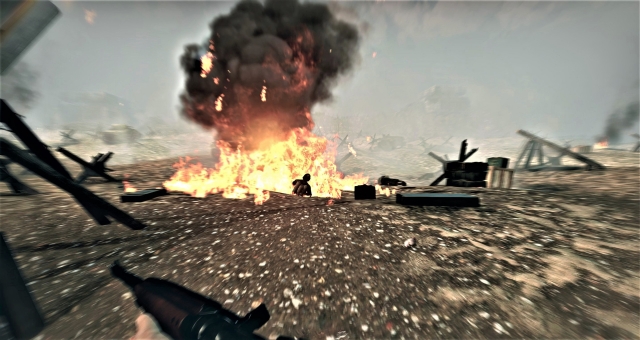

Roth, Jr., the amendment’s main sponsor, claims that what happened at Pearl Harbor “was a systemic failure in which the gravest mistakes were made by the Washington authorities.” But this is disingenuous, at best-a clever political maneuver that makes for bad history. The backers of the bill have insisted that they are not passing on blame to any particular person or persons. In so doing, it gives credence to the very ur-conspiracy theory of American history, the notion that Roosevelt or Marshall or both knew the Japanese attack was coming but deliberately kept the Pearl Harbor garrison in the dark, in order to maneuver America into World War II.

It passes the buck for the fiasco at Pearl Harbor to the high command in Washington at the time, most prominently President Franklin D. that would have alerted them to prepare for the attack.” Congress would like him to exculpate both men, because they “were not provided necessary and critical intelligence. The final decision will rest with the President. Asking to restore their ranks is the most, legally, that our national legislature can do. Kimmel and Short were, respectively, the Navy and Army commanders at Pearl Harbor at the time of the Japanese sneak attack there they were demoted upon their subsequent forced retirements. Short posthumously to the highest ranks they held at the onset of World War II. It calls on the President to restore Rear Adm.

The amendment in question was tacked onto a defense bill and passed by both houses of Congress last October. Congress recently decided to write the main tenet of a conspiracy theory into an official bill. What is history? Is it something we decide on the best available evidence, weighing and culling the many varied accounts of the past? Or is it, instead, something to be decreed and imposed on us, decided by what some politicians say or maybe a judge somewhere? These questions may seem banal or obvious, but they have become very real -ever since the U.S.


 0 kommentar(er)
0 kommentar(er)
